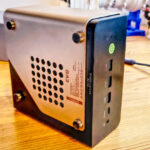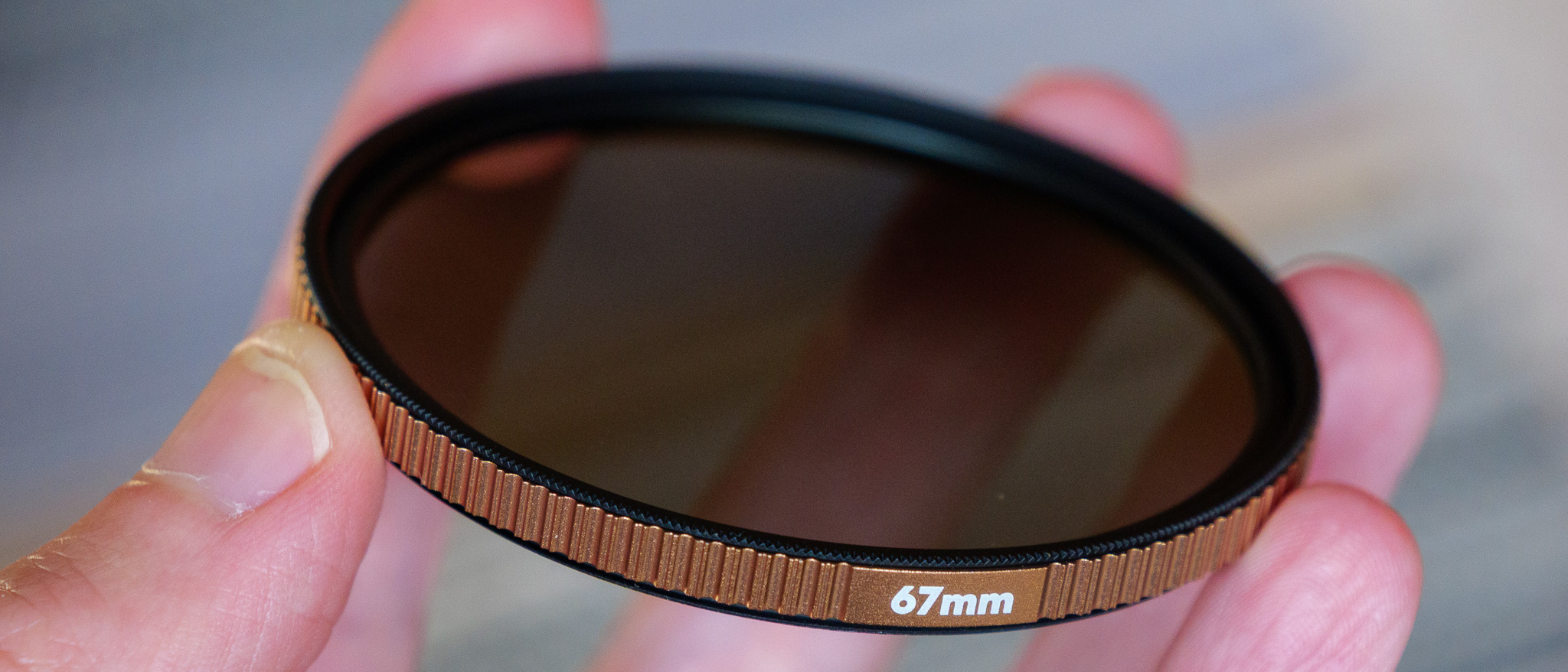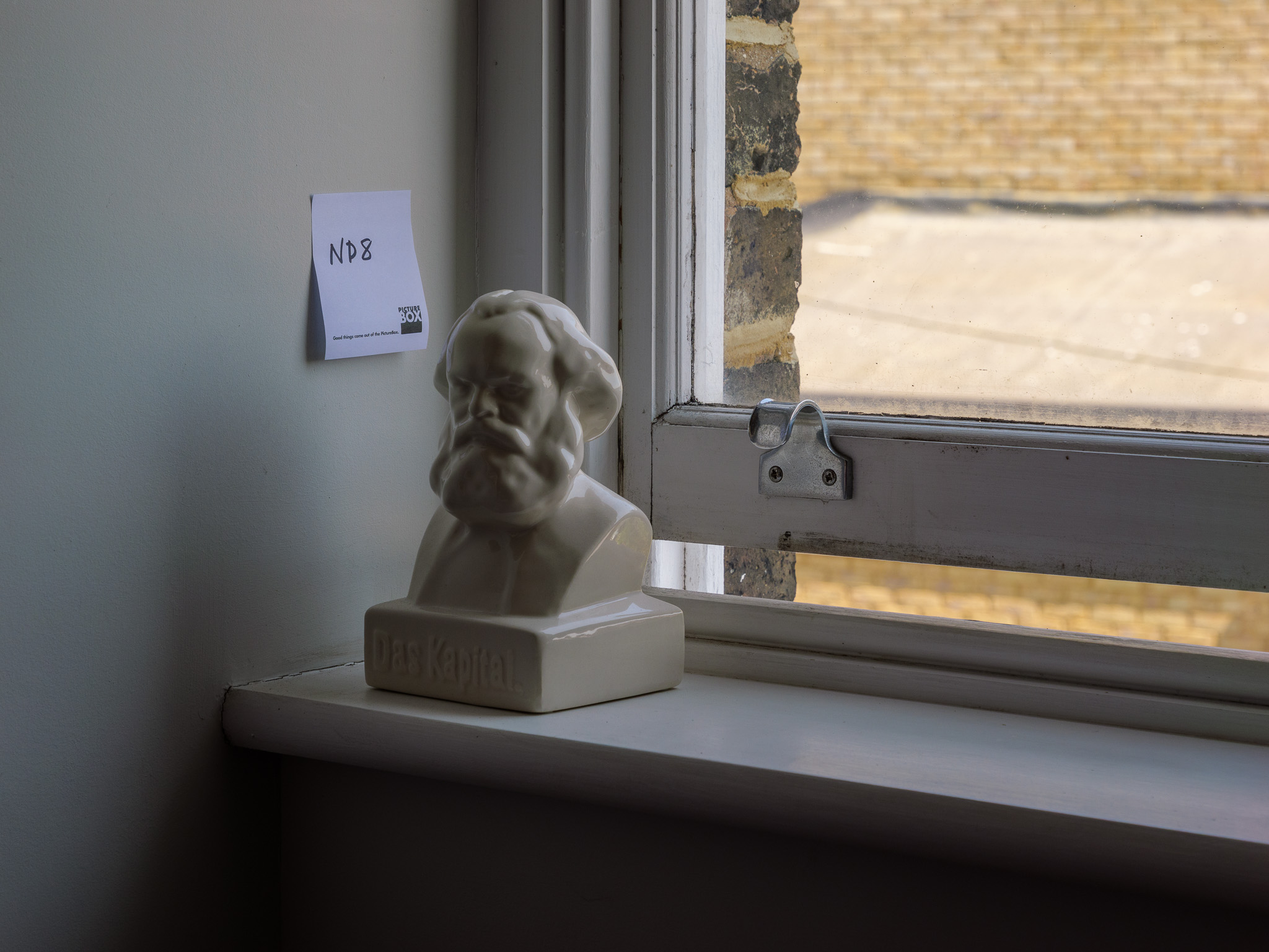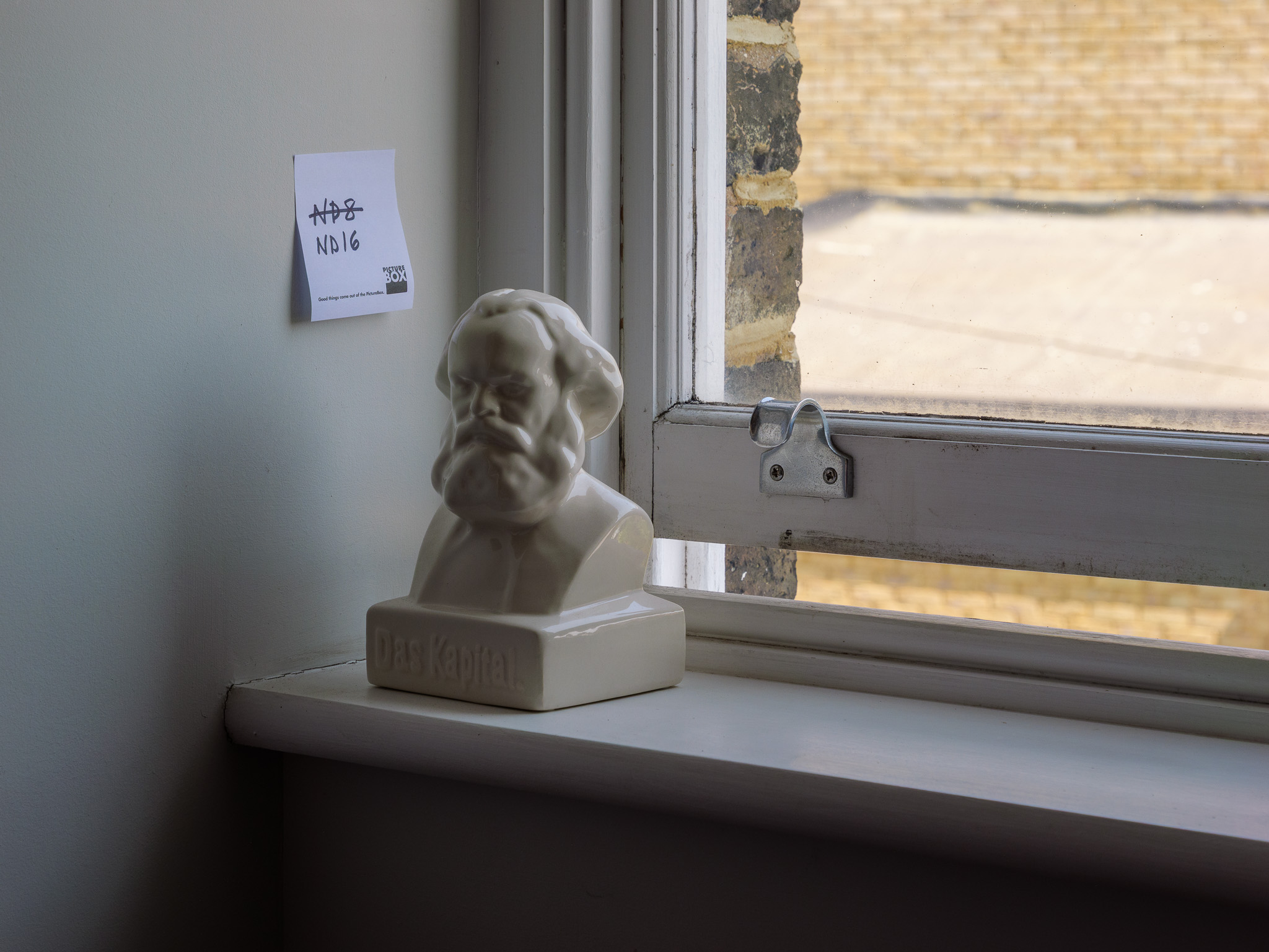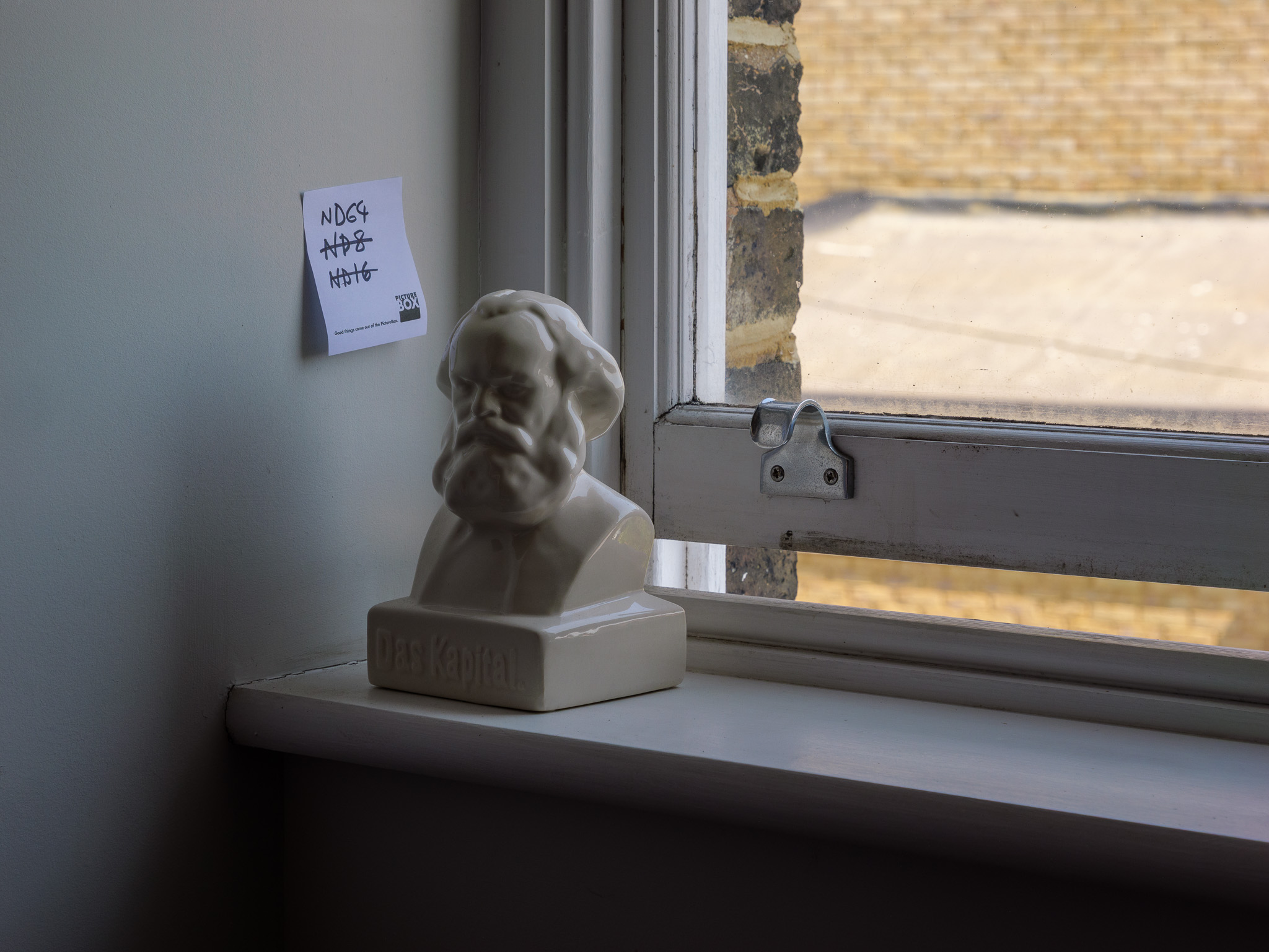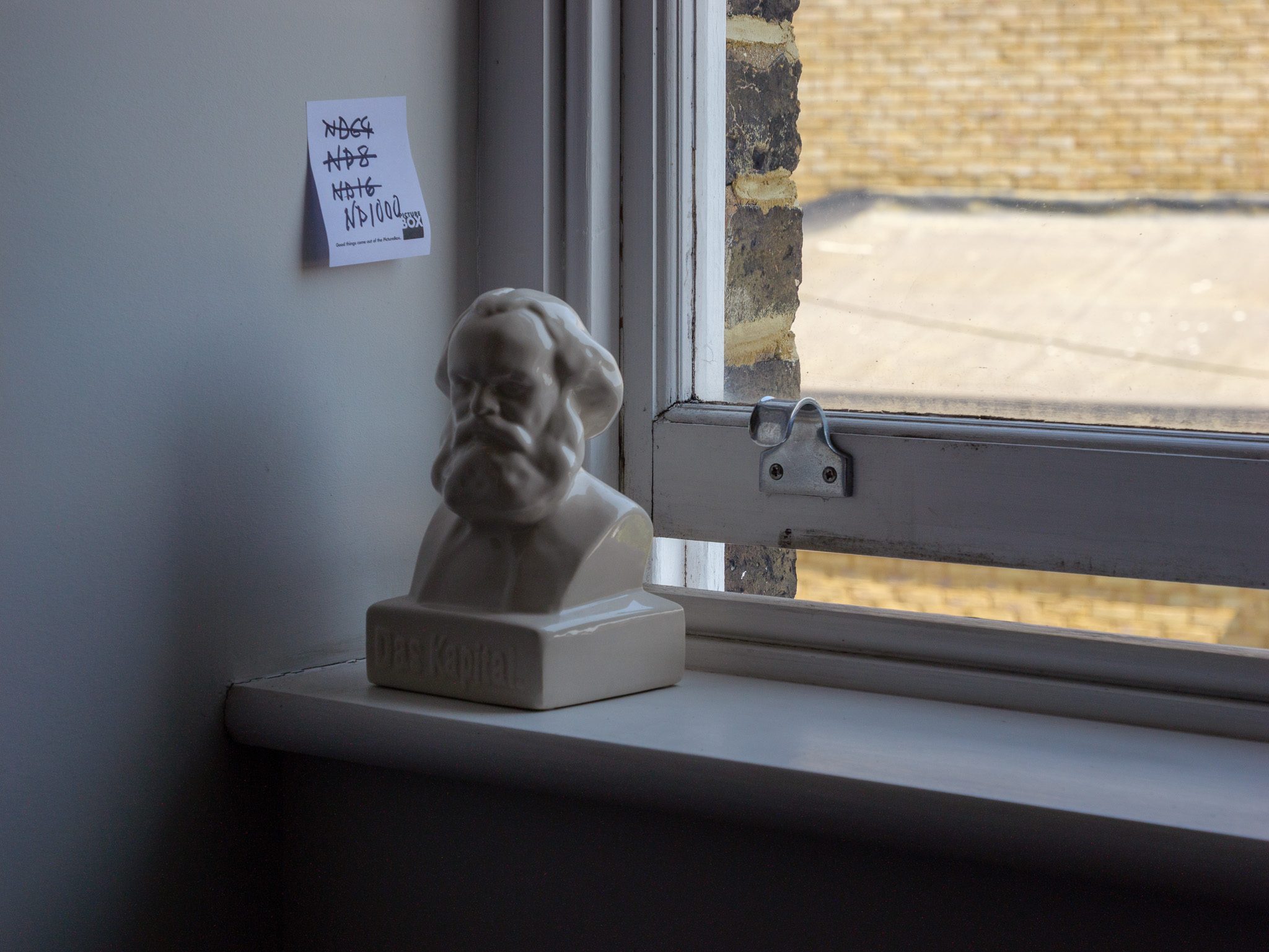Why you can trust TechRadar
We spend hours testing every product or service we review, so you can be sure you’re buying the best. Find out more about how we test.
PolarPro QuartzLine ND filter: two-minute review
In photography, we often want more light. It’s why people seek out larger sensors and wider apertures in their cameras and lenses – in order to capture a greater amount of light in a shorter space of time. That’s brilliant if you want a fast shutter speed to freeze the action – but what if you want to use a slower shutter speed, in order to capture the motion blur of a car racing past or turn a raging river into a smooth, silky ribbon of blue?
Achieving a slow shutter speed, particular on a sunny day, can be tricky – which is where ND filters like the PolarPro QuartzLine range come in. Available in a wide range of strengths, these circular filters screw onto the front of a camera lens and reduce light transference without affecting color rendition. At least, that’s the idea.
PolarPro sent me four ND filters to test, all in 67mm thread size (they’re also available in 77mm and 82mm), in ND8, ND16, ND64 and ND1000 strengths. The ND8 filter drops light input and increases exposure time by three stops; the ND16 four stops; the ND64 six stops; and the ND1000 filter 10 stops. Obviously, having a set like this in your camera bag would be handy if you want to cover every eventuality – but it’ll be mighty expensive too.
Each filter comes with its own hinged hard carry case and microfiber cleaning cloth, emphasising their premium positioning. The cases are hard plastic, but have a fetching brushed metal finish and magnetic closure, and each is helpfully labelled with the thread size and ND value, to reduce the time it takes to pull out the right one from your bag.
The filters themselves are well crafted and beautifully solid, so it does at least feel like that money is going somewhere. Made of brass and aluminum (and with a distinctive brass-colored finish), they’re reassuring tough, with pleasingly chunky ridges that gave me plenty of grip whenever I was attaching or detaching them from my Panasonic Lumix GH6’s lens (I used a 62mm to 67mm step-up ring, also made by PolarPro, in order to do so).
The brass frame construction should keep the screw threads in good shape too, in theory – so these filters should be fitting smoothly for many, many years to come. I found them very easy to fit, but you’d expect that from new filters. They also feature front threads, allowing other filters and attachments to be fitted over them.
The glass, dubbed Cinema Series Glass by PolarPro, is made in Germany. A series of coatings purportedly eliminate color shift (any sort of color cast being added by the filter), and PolarPro also claims its ultra-low refractivity keeps the effects of the light passing through so minimal that it can fully resolve sensors with up to 400MP resolution. The coatings add anti-scratch, anti-oil and hydrophobic qualities too.
My Lumix GH6’s sensor is just 25.2MP, so doesn’t really help in putting the refractivity claims to the test, but in terms of color shift I can say I’m impressed. Even the most powerful filter of the four I was testing, the ND1000, doesn’t add much of visible color cast to images – but when closely comparing test shots without the filters to those with, there is a slight warm tint visible in the filtered images.
I wouldn’t call this a huge drawback, particularly as I think anyone spending this much money on ND filters probably has some experience in post-processing and editing photos. It’s nothing that can’t easily be fixed in Lightroom or similar, and most observers wouldn’t even notice it unless they were looking, but it’s definitely present.
Using the filters, I was able to capture long exposures (10 seconds or more) on bright, sunny days by the sea. These photos smoothed out the motion of the waves and made the surface of the water more transparent to give my images a much more dream-like quality. They would have been completely impossible to take without an ND filter, as too much light would have entered the camera and blown out the image.
I was also able to use the filters to aid my videography by helping me to shoot video with a wider aperture (i.e. for a shallow depth of field) or slower shutter speed (for more motion blur). I did find this a little more challenging at points, as it involved swapping between filters a little too often – and it’s times like that when a variable ND (or VND) filter feels invaluable. These allow you to adjust ND strength by twisting the filter, offering a much more immediate solution. I’m also currently reviewing PolarPro’s own PMVND Edition II filter with a 2-5 stop range, so look out for an in-depth review of that soon.
While PolarPro QuartzLine ND filters are certainly expensive, I was thoroughly impressed by their premium construction, glass quality and general usability, and wouldn’t hesitate to use them in my own landscape photography and videography.
PolarPro QuartzLine ND filter: price and availability
In the US, PolarPro QuartzLine ND filters cost the same price, regardless of their thread size and filter strength at the PolarPro store. Whether you pick 67mm, 77mm or 82mm threads, or the ND8, ND16, ND64, ND1000 or ND100K strengths, every filter costs $99.99. Simple and, in my opinion, good value for money – particularly given that you also get a hard storage case and cleaning cloth with each filter.
In other countries, the price can vary a lot more. In the UK, for instance, the filters seem very expensive in comparison to US pricing, and thread size and ND value seemingly have little bearing on the cost – i.e. at Amazon UK, the larger thread sizes are sometimes cheaper than the smaller ones, where logic would dictate the opposite. It’s a slightly confusing situation, with some retailers offering decent discounts while others charge the full whack.
Should I buy the PolarPro QuartzLine ND filter?
Buy it if…
Don’t buy it if…
How I tested the PolarPro QuartzLine ND filter
- One week of use
- Tested with photography and video capture
- Used with Panasonic Lumix GH6 camera
I tested these PolarPro QuartzLine ND filters over the course of a sunny summer’s week by the sea in southern England – an ideal time and place to put this type of light-stopping filter through its paces. I tested four filters in the range, fitting them onto my Panasonic Lumix GH6 camera (with the help of a step-up ring) to capture both still photos and video, comparing the results against shots captured without the filter.
First reviewed June 2025
Read the full article here


